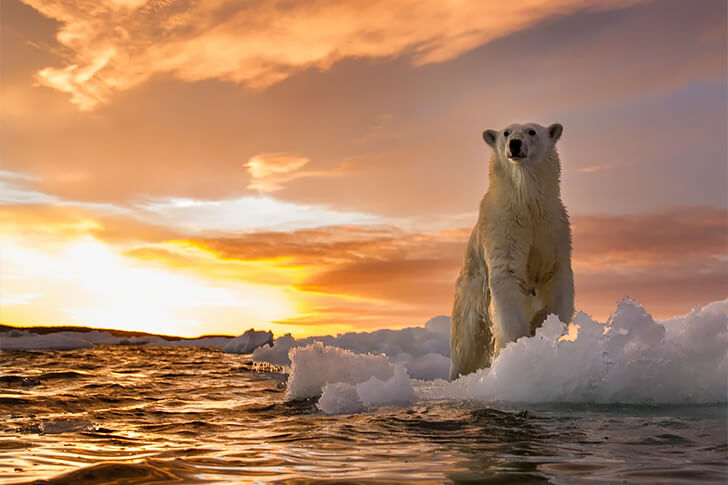Polar Bear Gets Ship Crew’s Attention Due to a Shocking Reason
Desperation on Ice

The team pondered the mother bear’s desperation: her cubs might be stranded on a drifting ice slab. This idea matched her maternal instincts and the urgency of her actions. “She’s seeking help,” Dr. Lena realized, a dawning thought that struck everyone. The notion that the bear turned to humans in such a dire situation was both remarkable and heart-wrenching.
As The Amberjack neared the spot the bear indicated, anticipation electrified the air. Crew and scientists leaned forward, scanning the horizon. The possibility of uncovering the truth behind the bear’s actions and aiding in a rescue heightened the sense of urgency and focus, uniting everyone onboard in their mission.

You must be logged in to post a comment Login